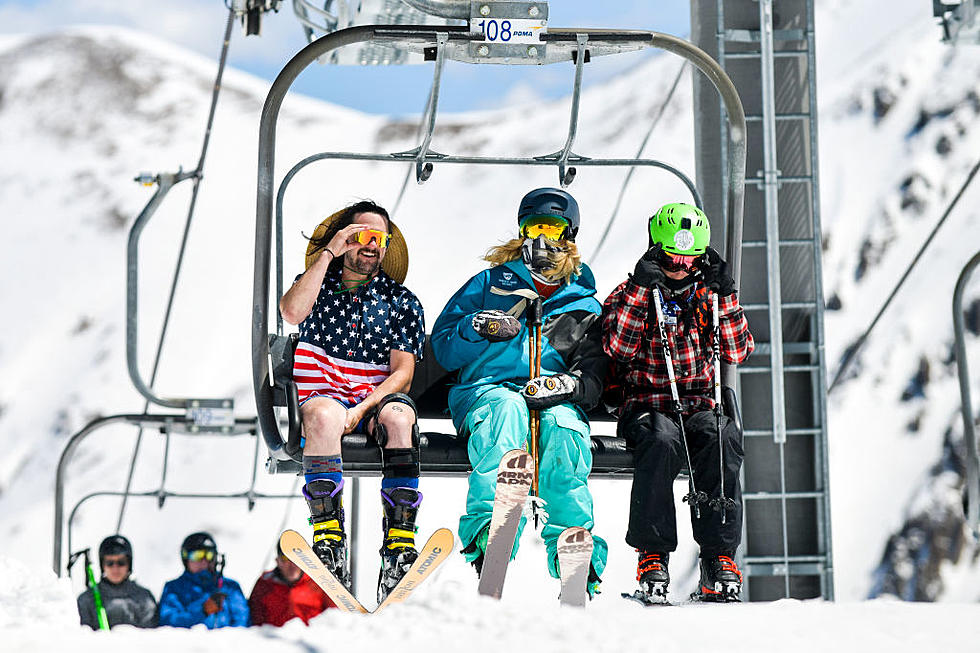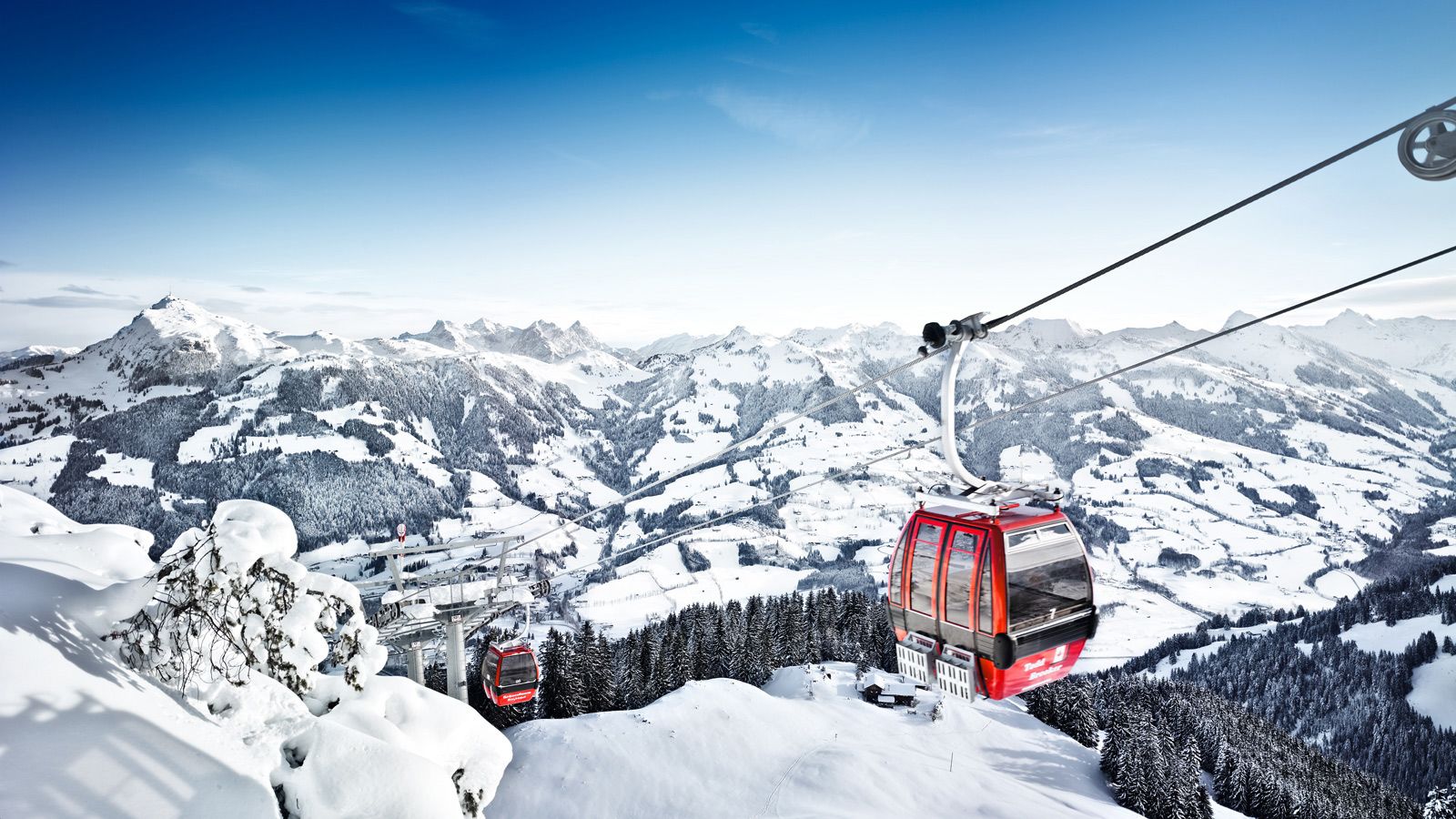
The sport is long-standing and has a rich history. It has evolved from its utilitarian origins to become a thriving sport industry and an important part in winter vacations across the globe.
First, skiers were used to transport trappers and miners who needed to get up the mountain during the winter. For balance and control, the earliest skis were made from animal skins or wood.
During the medieval period, skis began to be shaped, with an emphasis on speed and control. The influence of Europeans who introduced the sport to their areas was key to this change.
Alpine skiing started with downhill and slalom. These events became an integral component of the Olympic Games. They have been held continuously ever since.

Alpine skiing has been gaining popularity all around the globe. It is because of the thrill of sliding down steep slopes.
Cross-country skiing was a popular sport in Norway in 19th century. Soon, it spread to other parts Europe, the United States and elsewhere. A cross-country skiing race took place in Tromso in Norway in 1843. By 1860 downhill races were held in California using only 12-foot (3.7-metres) skis.
Military considerations prompted the next evolution of skis, which was a natural progression to the ski's utilitarian functions. The Norwegian army began organizing skiing competitions, including cross-country, downhill, and shooting.
These military-based races are precursors of the modern Olympics. They also paved the path for the sport to become more mainstream. The earliest competitions were held in Christiania, Norway, and in 1879, the first big ski jumping event took place there.
Cross-country ski is still very popular in North America. But downhill and alpine skiing are now the most popular forms of the sport. The first Olympic downhill skiing competition took place at the 1936 Garmisch-Partenkirchen Winter Games, and the men's and women's races have been included in the program to this day.

Skiing gained popularity in North America, Europe and North America during the 20th century. A new generation of skiers discovered the sport and made it their own. In the United States and Canada, ski resorts have been thriving since then thanks to the advancement of technology as well as the emergence of mass tourist.
Skiing has grown to be a major part the American economy. There are over 150,000 skiers living in mountain communities across the west. Utah, Colorado and Montana are among the most popular ski destinations in the country.
The remarkable evolution of skiing has been incredible. It evolved from a utilitarian tool to a global sport. In addition to being a popular recreation activity, skiing has seen a rise in popularity with the development of terrain parks and snowparks that allow people to perform impossible tricks. Twin-tip skiing was invented in 1950s. Freestyle skiing was introduced in 1980s. This allowed for more tricks and a wider audience.
FAQ
My luggage should be stored where it is safe.
There are many options. You can use lockers at airports as the most common option. These lockers are located in the vicinity of the security area. They are usually $5-10 per person, depending on the size of your locker.
Renting a storage unit is another option. These are often found outside large hotels or shopping centers. Some places offer discounts if multiple units are rented together. Prices can vary.
The third option is to rent a porter. The porter will carry your luggage from your carousel to your bedroom. A small fee is charged each time the porter helps you.
What amount of luggage should I bring?
The length of your trip will determine how much luggage you need. If you are flying, your hand luggage is limited to less than 20kg. For a bus or train ride, however, you will require more space.
An airport form with information regarding your flight will be handed to you upon arrival. This will include information such as the weight of your bags and whether you require assistance when checking them in.
Always check your luggage before you leave the house. If you don’t, you may end up sitting around waiting while everyone else goes through their bags.
Traveling light is the best option, because you never really know what could happen. If your bag is lost or damaged, you will not have any clothes.
When traveling, what should you remember?
You will find yourself in situations that leave you with very little time for making decisions when you travel. It's okay to be spontaneous.
You might be stuck somewhere for hours, days, weeks, or even months. If you've planned ahead, you'll have food, water, shelter, and a place to sleep. You may need to improvise if you don't plan ahead.
In these cases, you'll probably have to rely on what you know how to do best. That means making quick decisions based on instinct and experience.
Sometimes you don't have a choice. It could happen that you are stranded without cell phone coverage, run out of gas, or have been robbed. You will need to be flexible to any situation that presents itself.
You must remain calm, be focused and take decisive action. Don't panic. Instead, be calm and focus on what you can do.
You can choose which direction you want to go if you're lost among the woods. You can also eat berries and mushrooms if you feel hungry. Rainwater or melting snow are good options if you're feeling thirsty.
You can also rest if you are tired. If you're cold, you can bundle up. If you're wet, you can change clothes. No matter what you do, it will make you feel better to stay positive.
Statistics
- You can use compression sacs or cubes to reduce the volume of your clothes by up to 80%—this is especially convenient for bulky items such as sweaters and jackets. (eaglecreek.com)
- Alcoholic beverages with 24% alcohol or less are not subject to limitations in checked bags. (tsa.gov)
- According to Maori legends, this park holds 14 fjords that were all carved by a giant stonemason with an adze. (busytourist.com)
- Between the ages of 11 and 13, kids, or tweens, will likely want some autonomy but also need boundaries. (travelandleisure.com)
- That's an 18% jump from 2019, the previous record year. (travelandleisure.com)
External Links
How To
What are the top travel tips for beginners
While traveling is an exciting experience there are many traps that you must avoid in order to enjoy a safe and enjoyable trip.
These are some tips to help plan your next vacation.
-
It is best to book early. The price of a booking is lower if it's made in advance. Avoid last-minute offers by airlines and hotels to save money.
-
Stay-at-budget accommodations. You get more for your money in cheap hotels. They are located near shopping and public transportation.
-
Don't overpack. Don't overpack. Keep room for souvenirs. Wear clothes that fit well, and don't wrinkle easily.
-
Use common sense. If you're traveling alone, don't walk around late at night. Avoid sketchy neighborhoods and areas where crime is high.
-
Make sure you take preventative measures against theft. Keep valuables safe from prying eyes. You should never leave anything valuable at home when you go swimming.
-
Take extra care when handling cash. Tourists living in foreign cities are often the target of thieves. Keep your money away from prying eyes and only use ATMs at banks or protected facilities.
-
Be familiar with your surroundings. Make sure you are familiar with public transportation before booking a hotel. Learn about restaurants and tourist attractions.
-
Safety is important. Before you travel, learn about the culture, laws, and customs of your destination.
-
Have fun. Have fun, regardless of what happens. It's well worth it.